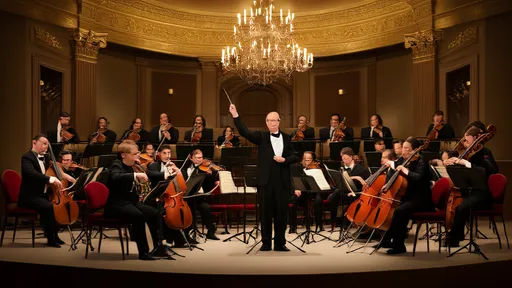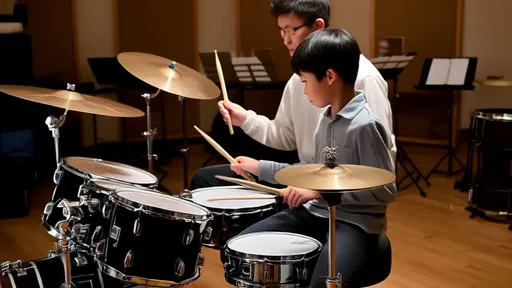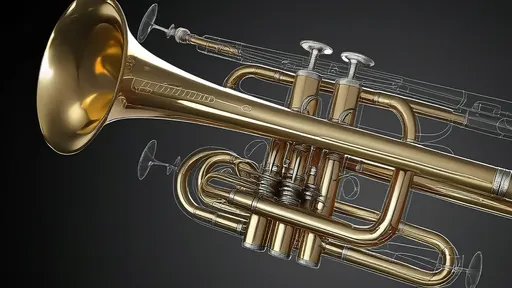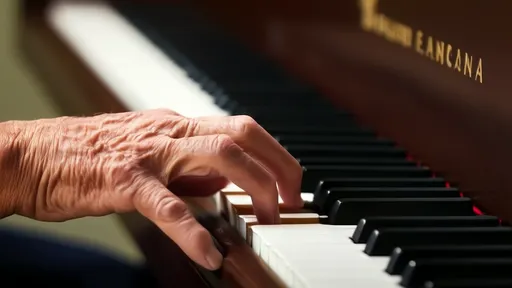The art of Baroque ornamentation stands as one of the most intricate and expressive elements of early music performance practice. Unlike modern classical music, where notation tends to be precise and exhaustive, Baroque scores often leave considerable room for interpretation. This was not an oversight but rather an invitation—a deliberate space left for performers to imbue the music with their own creativity and flair. The practice of adding embellishments, or agréments, was not merely decorative; it was an essential aspect of musical rhetoric, a way to heighten emotion and articulate the structure of a piece.
In the Baroque era, composers such as J.S. Bach, Handel, and Couperin expected performers to embellish their works, particularly in repeated sections or slow movements. The written notes were often a skeleton, a framework upon which musicians were to build. This tradition was deeply rooted in the improvisational practices of the time, where skilled performers would demonstrate their virtuosity and taste through spontaneous ornamentation. Treatises from the period, like those by C.P.E. Bach and Quantz, provide invaluable insights into the conventions and styles of ornamentation, though they also emphasize that rules were meant to be bent in service of expression.
The language of Baroque ornamentation is rich and varied, encompassing everything from simple appoggiaturas to elaborate passaggi (florid runs). Trills, mordents, turns, and slides were all part of the performer’s toolkit, each serving a distinct expressive purpose. A well-placed trill could create tension and resolution, while a mordent might add a playful or biting character. The choice of ornament was never arbitrary; it was dictated by the affect of the piece, the harmonic context, and the instrument’s capabilities. For instance, a harpsichordist might lean heavily on arpeggiation to compensate for the instrument’s lack of dynamic sustain, while a violinist could exploit the flexibility of bowing to shape phrases with subtle nuances.
One of the most fascinating aspects of Baroque ornamentation is its regional diversity. French, Italian, and German styles each had their own conventions and aesthetic priorities. French ornamentation, as seen in the works of Lully and Rameau, was highly systematized, with specific symbols indicating precise embellishments. Italian ornamentation, by contrast, was freer and more extemporaneous, prioritizing melodic flow and dramatic impact. German composers like Bach often synthesized these approaches, creating a hybrid style that was both rigorous and inventive. Understanding these regional differences is crucial for historically informed performance, as it allows modern musicians to approach each repertoire with the appropriate stylistic sensibility.
Modern performers face unique challenges when interpreting Baroque ornamentation. While historical treatises offer guidance, they rarely provide definitive answers, leaving much to the discretion of the artist. The key lies in balancing historical knowledge with personal intuition. Over-ornamenting can obscure the melodic line, while under-ornamenting may result in a performance that feels sterile or academic. The best interpretations strike a delicate equilibrium, where the added embellishments feel organic and enhance the music’s emotional impact. Listening to recordings by masters like Gustav Leonhardt or Jordi Savall can be instructive, as they exemplify how ornamentation can breathe life into Baroque compositions.
Ultimately, the practice of Baroque ornamentation is a dialogue between past and present. It invites us to engage with the music not as static artifacts but as living, evolving expressions. By embracing the spirit of improvisation and rhetorical flourish that defined the Baroque era, modern musicians can unlock new dimensions in this timeless repertoire. The goal is not to replicate historical performances with dogmatic precision but to capture their vitality and inventiveness, ensuring that the music continues to resonate with contemporary audiences.

By /Jul 25, 2025

By /Jul 25, 2025

By /Jul 25, 2025

By /Jul 25, 2025

By /Jul 25, 2025

By /Jul 25, 2025

By /Jul 25, 2025

By /Jul 25, 2025

By /Jul 25, 2025

By /Jul 25, 2025

By /Jul 25, 2025

By /Jul 25, 2025

By /Jul 25, 2025

By /Jul 25, 2025

By /Jul 25, 2025

By /Jul 25, 2025

By /Jul 25, 2025

By /Jul 25, 2025